The Puli is as distinctive as they come. Covered in earthy dreadlocks, these small dogs resemble runaway mops! Believe it or not, people in Asia and eastern Europe originally bred these dogs as herders. Today, however, they’re more likely to be delighting their owners with mischievous antics in the suburbs. Read on to learn more about the Puli.
Description of the Puli
There’s no mistaking the Puli – covered in natural cords, they’re a unique sight. And under all that hair is a sturdy little dog who is particularly headstrong.
The Puli’s distinctive hair comes in three colors: black, silver, and white.
Magyars, a nomadic group from Asia, brought this breed to Europe. These dogs took root in Hungary, where they earned their keep by herding flocks.
Life Expectancy and Size
The Puli is a small dog, standing between 16 – 17 inches tall and weighing up to 25 pounds. Do remember, that their hair weighs quite a lot, too!
For a small dog, the Puli has a relatively short lifespan with a wide variation. They may live anywhere between 10 and 15 years.
Protective Ability
This breed has spunk and is a completely competent watchdog. Often reserved with strangers, they have no problem sounding the alarm with their loud barks. In fact, early socialization is important with the Puli. Some individuals have been known to back up their bark with a bite.
Training
These are quick, clever dogs. They do not appreciate repetition for repetition’s sake, and may refuse to continue onward if you annoy them with it. Instead, give simple and clear commands followed by quick and ample praise. They do best with reward-based training and may choose to avoid or ignore you if you resort to correction-based training.
The Puli can be headstrong, so make sure to show them why it is in their best interest to listen. Treats can be a great way to provide succinct praise for good deeds. These dogs will do things in their own way, so make sure that aligns with what you want from them.
Energy Level
These dogs still need a good amount of exercise. However, the Puli is equally concerned with mental stimulation. These dogs enjoy activities that provide both physical activity and the chance to use their brains. Doggie sports can be a great outlet for them. When they get the chance to perform these activities, they often enjoy showing off their agility and smarts.
What Living with a Puli is Like
This breed is unique in more than their hairdo. Pulis are spirited dogs who may challenge first-time dog owners. They can be mischievous and love to use their brains. If you don’t provide a healthy outlet for them, they will quickly get up to no good.
Socialization is particularly important for the Puli. They can be short-tempered and wary of strangers, which may lead them to nip or bite without proper training. These dogs are usually not the best with kids, especially those that play rough.
That being said, the Puli can be a fun and funny companion with striking looks.
Care of the Puli
These dogs definitely require some special grooming to maintain their impressive coats.
Environmental Needs
The Puli is all but weatherproof. Once dreaded, their hair creates a shell around them that is extremely effective at keeping out cold and wet. However, in the summer, all this hair can be extremely hot. Make sure to provide plenty of shade and water in the hotter months.
Exercise Needs
Minimally, these dogs need daily walks and play sessions. Time in the yard or romps on the leash are simply not enough. These are thinking dogs that enjoy mental stimulation as well.
Many Puli are great at doggie sports like agility. Breeders bred these dogs for agility, and to be able to herd animals far larger than themselves. Today, channel that energy into the competition ring.
With this breed, it is particularly important to watch their exertion level during puppyhood. Too much too fast can lead to joint problems.
Shedding and Grooming
Because the Puli’s matted hair surrounds them, not much of it ends up on the floor. However, if you choose to clip your Puli, he will begin to shed some.
Their dreadlocks are not totally low maintenance. They begin to form naturally after puppyhood. It’s important to periodically tease growing cords by hand, and separated. Beyond that, they’ll just need periodic baths to keep them smelling good. Your breeder or groomer may be able to recommend a special shampoo.
Many owners keep their Puli’s coat brushed or clipped.
Ideal Home Environment
This breed is good for a savvy owner that wants a striking companion. Kids are not this dog’s forte, so a family with young children may not be a good idea. When socialized, they should do fine with other pets. However, some can have aggression issues.
The Puli would appreciate an owner that wants him to join in on activities. They can make great agility competitors.
This dog will do particularly well in a home where the owner is willing to help them avoid overexertion in puppyhood. However, they will need to transition into regular activity later in life.
Health Concerns
This breed faces standard health issues that face many small dogs. Some suffer from hip dysplasia, where their hip joints do not properly form, causing pain. Slipping knee caps and vision problems are also common.
Working with a reputable breeder can significantly decrease the likelihood of unnecessary health problems. This is because they can screen their dogs’ genetics for most of these issues.
Behavior Problems
This breed can be mischievous, especially when bored. They may become destructive or act as escape artists. Many Puli can jump incredibly high.
Some of these dogs retain herding instincts, and may try to nip or bite at other animals or members of the family.


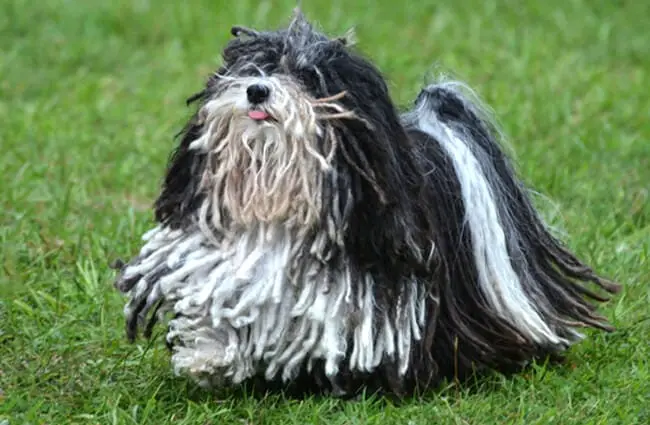
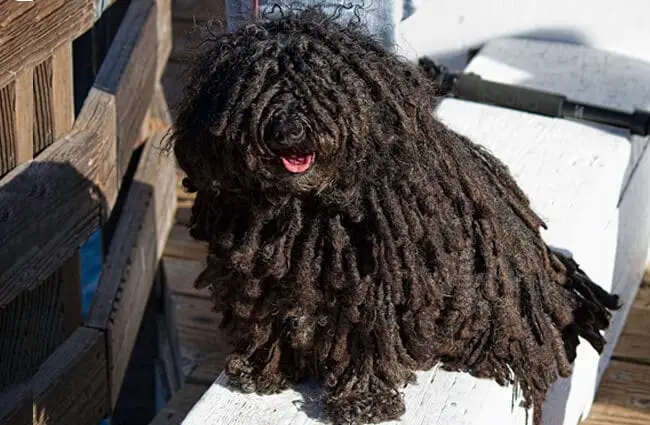

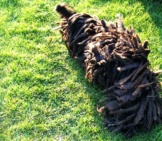
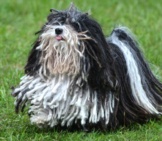
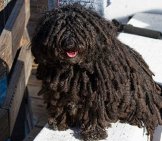
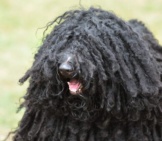













![Red Angus Closeup of a beautiful Red Angus cowPhoto by: U.S. Department of Agriculture [pubic domain]https://creativecommons.org/licenses/by/2.0/](https://animals.net/wp-content/uploads/2020/03/Red-Angus-4-100x75.jpg)

